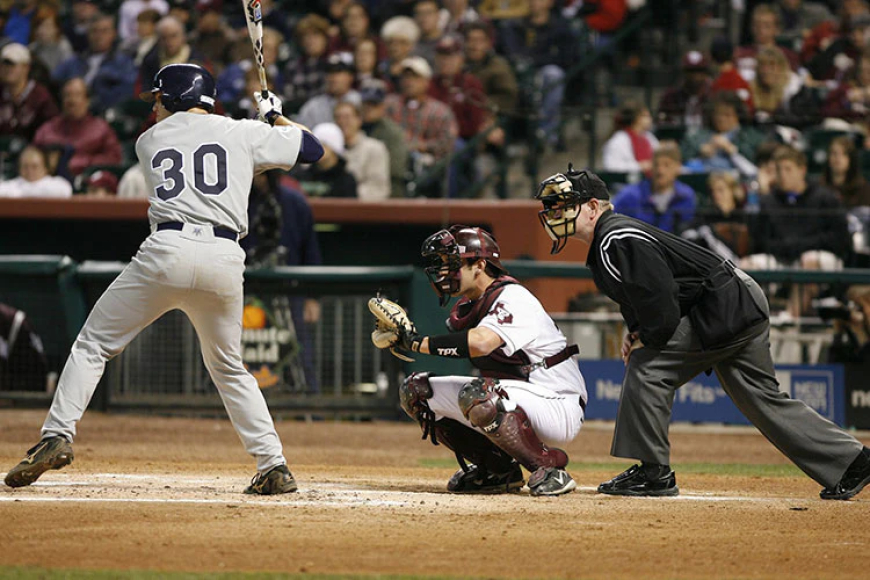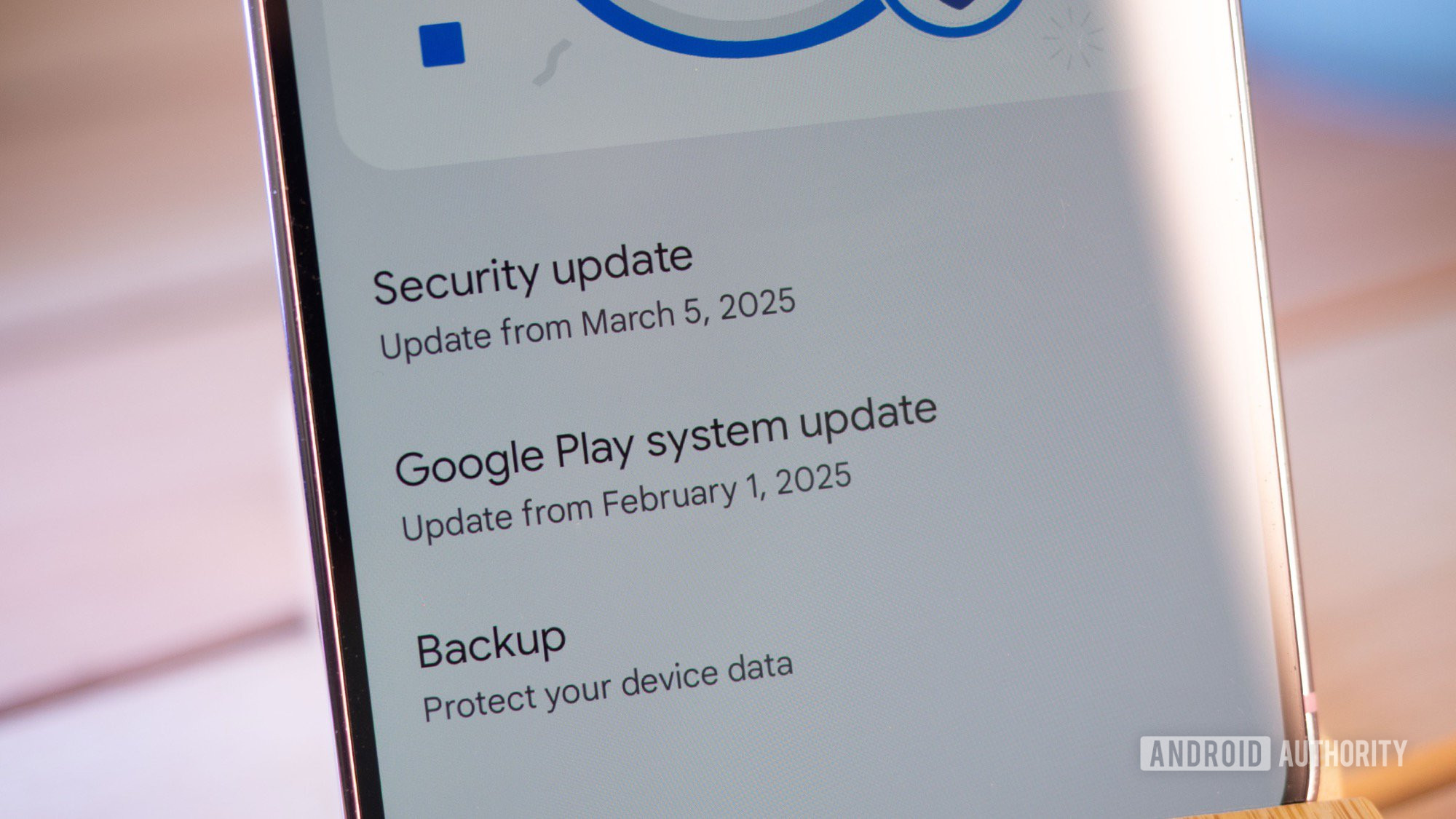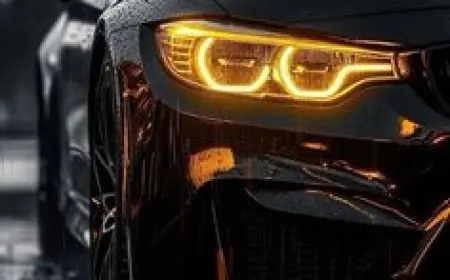The Importance of Baseball Helmets: Protecting Players and Enhancing Performance
Baseball helmets are an indispensable part of a player’s gear, offering critical protection against injuries while also boosting confidence and focus.

In the world of baseball, safety and performance go hand in hand. As one of the most crucial pieces of protective gear, baseball helmets play an essential role in ensuring the safety of players while also contributing to their confidence and performance on the field. Whether you’re a seasoned pro or just starting out in Little League, understanding the importance of a good baseball helmet is key to both enjoying the game and staying protected.
The Evolution of Baseball Helmets
Baseball helmets have come a long way since their early days. In the past, players often relied on little more than cloth caps or leather headgear for protection, with the first crude versions of baseball helmets appearing in the late 1930s and early 1940s. It wasn’t until the 1950s that batting helmets became more standardized, and by the 1970s, the use of helmets was mandated across Major League Baseball (MLB).
Today, baseball helmets are designed with advanced materials and technology to provide maximum protection against high-speed pitches and potential collisions. Modern helmets are not just about safety; they also offer comfort, durability, and even customization options to suit individual preferences.
Why Baseball Helmets Are Essential
Protection Against Head InjuriesThe most obvious and important function of a baseball helmet is to protect players from head injuries. Baseballs can travel at speeds of up to 100 miles per hour, and a direct hit to the head can cause serious, potentially life-threatening injuries. Helmets are designed to absorb the impact of a fast-moving ball, reducing the risk of concussions, skull fractures, and other traumatic injuries.In addition to batting, helmets are increasingly used by fielders, particularly at the youth level, to protect against accidental head injuries caused by stray balls or collisions with other players.
Enhanced Confidence and FocusA high-quality helmet doesn’t just protect players physically—it also boosts their mental game. Knowing that they are protected allows players to focus more on their performance, whether they’re at the plate or in the field. This confidence can translate into better swings, sharper fielding, and overall improved gameplay.For younger players, in particular, the psychological comfort provided by wearing a helmet can help alleviate any fears they might have about being hit by the ball, enabling them to play more aggressively and with greater enthusiasm.
Compliance with Safety RegulationsHelmets are mandatory in most organized baseball leagues, from youth leagues to the major leagues. Compliance with these regulations is not just about following the rules—it’s about ensuring the safety of all players. Wearing a helmet that meets the standards set by organizations like the National Operating Committee on Standards for Athletic Equipment (NOCSAE) is crucial for reducing the risk of injury.Coaches, parents, and league officials should all be vigilant in ensuring that players’ helmets meet these standards and are in good condition, as a damaged or poorly fitting helmet can compromise safety.
Technological AdvancementsModern baseball helmets are equipped with a variety of features designed to enhance both safety and comfort. Some of these advancements include:
Impact Absorption Technology: Many helmets now feature advanced foam padding or gel inserts designed to absorb and disperse the force of impact, reducing the risk of injury.
Ventilation Systems: To keep players cool and comfortable, helmets often include strategically placed vents that allow air to circulate, preventing overheating during hot summer games.
Faceguards and Ear Flaps: Some helmets come with additional protective features such as faceguards or dual ear flaps, which offer extra protection for players, especially those in youth leagues or those who face particularly fast pitches.
Custom Fit Options: A well-fitting helmet is crucial for both safety and comfort. Many helmets now offer adjustable sizing, padded liners, and other features that allow players to customize the fit to their head shape.
How to Choose the Right Baseball Helmet
With so many options available, choosing the right baseball helmet can seem overwhelming. However, focusing on a few key factors can help players and parents make an informed decision:
- Fit: The helmet should fit snugly without being too tight. It should cover the forehead, with the brim sitting just above the eyebrows. A helmet that shifts or moves easily when the player shakes their head is too loose and could fail to provide adequate protection.
- Safety Standards: Ensure that the helmet meets NOCSAE standards or the equivalent safety standards in your region. Look for a certification sticker inside the helmet to confirm that it has been tested for safety.
- Comfort: Consider features like padding, ventilation, and weight. A helmet that is comfortable to wear is more likely to stay on the player’s head throughout the game, providing consistent protection.
- Durability: A good baseball helmet should be built to last. Look for helmets made from high-quality materials that can withstand the wear and tear of regular use.
- Style and Personalization: While safety is the priority, many players also appreciate helmets that allow for some degree of customization, whether it’s choosing a favorite color, adding a logo, or selecting a specific style.
The Future of Baseball Helmets
As technology continues to advance, so too will the design and functionality of baseball helmets. In the future, we can expect to see even more innovations aimed at improving safety and enhancing performance. From helmets equipped with smart sensors that monitor impact forces to designs that offer even greater customization, the evolution of baseball helmets shows no signs of slowing down.
For now, the most important thing is to ensure that players of all ages and skill levels have access to helmets that provide the protection they need. By prioritizing safety and making informed choices, players can enjoy the game they love while staying protected on the field.
Conclusion: Play Safe, Play Smart
Baseball is a game of skill, strategy, and teamwork—but it’s also a game that requires proper protection. Baseball helmets are an indispensable part of a player’s gear, offering critical protection against injuries while also boosting confidence and focus. Whether you’re shopping for your child’s first helmet or upgrading to a new model, understanding the importance of a well-fitted, high-quality helmet is key to playing the game safely and effectively.
Remember, the best game is a safe game, so always prioritize protection by choosing the right baseball helmet. With the right gear, you can play smart, stay safe, and enjoy every inning to the fullest.
What's Your Reaction?
 Like
0
Like
0
 Dislike
0
Dislike
0
 Love
0
Love
0
 Funny
0
Funny
0
 Angry
0
Angry
0
 Sad
0
Sad
0
 Wow
0
Wow
0














































